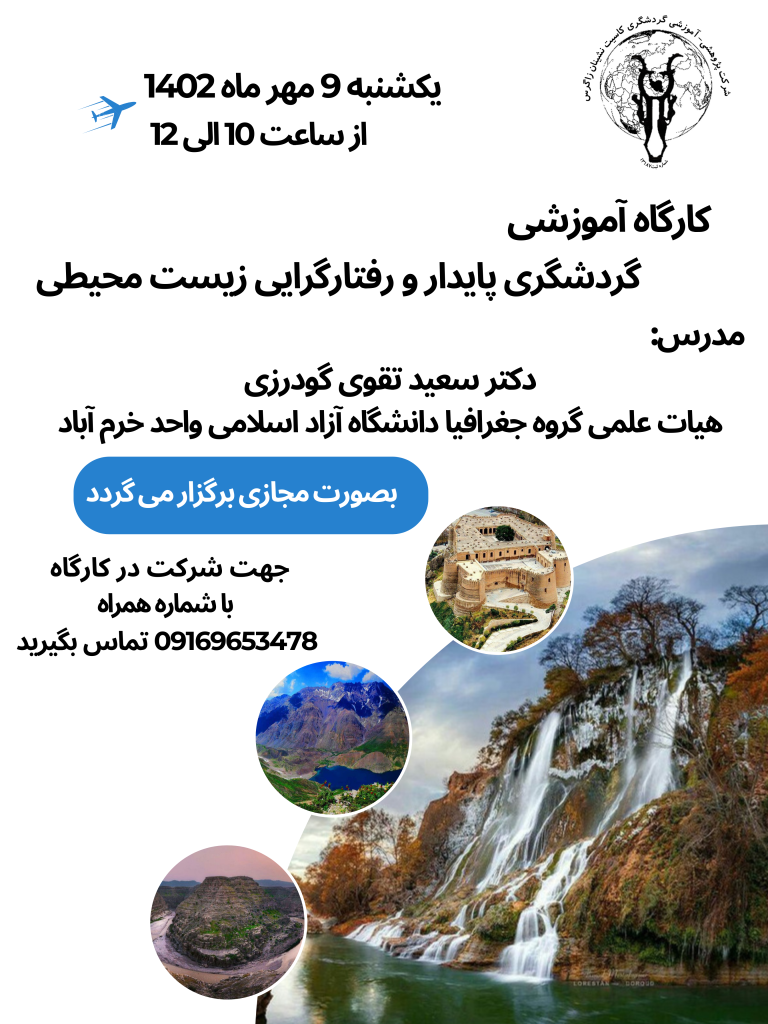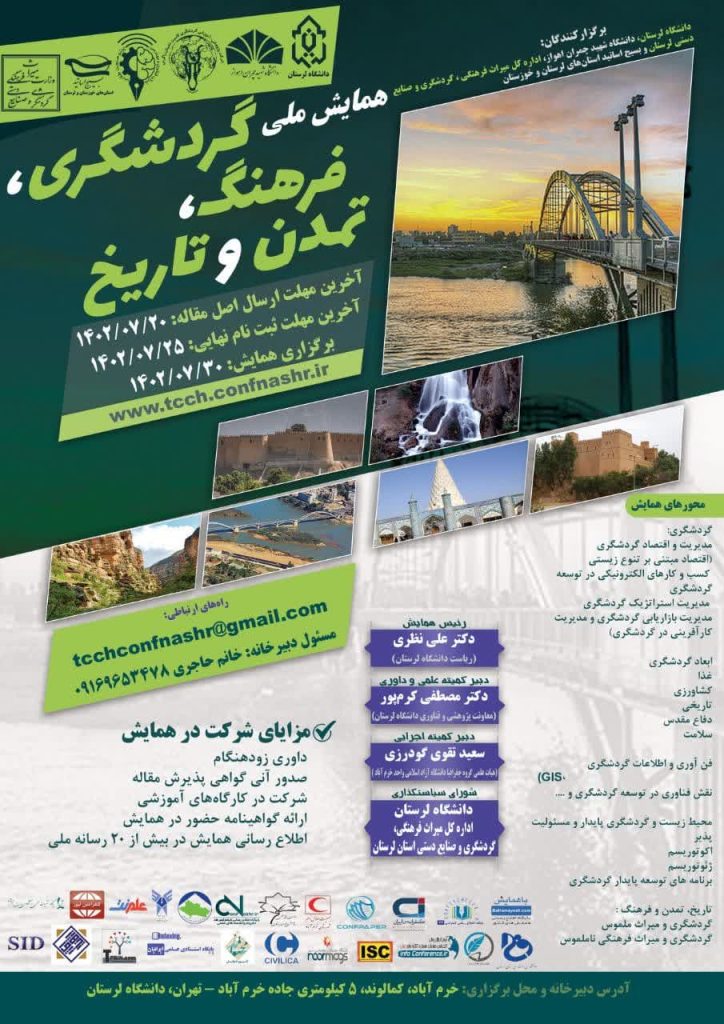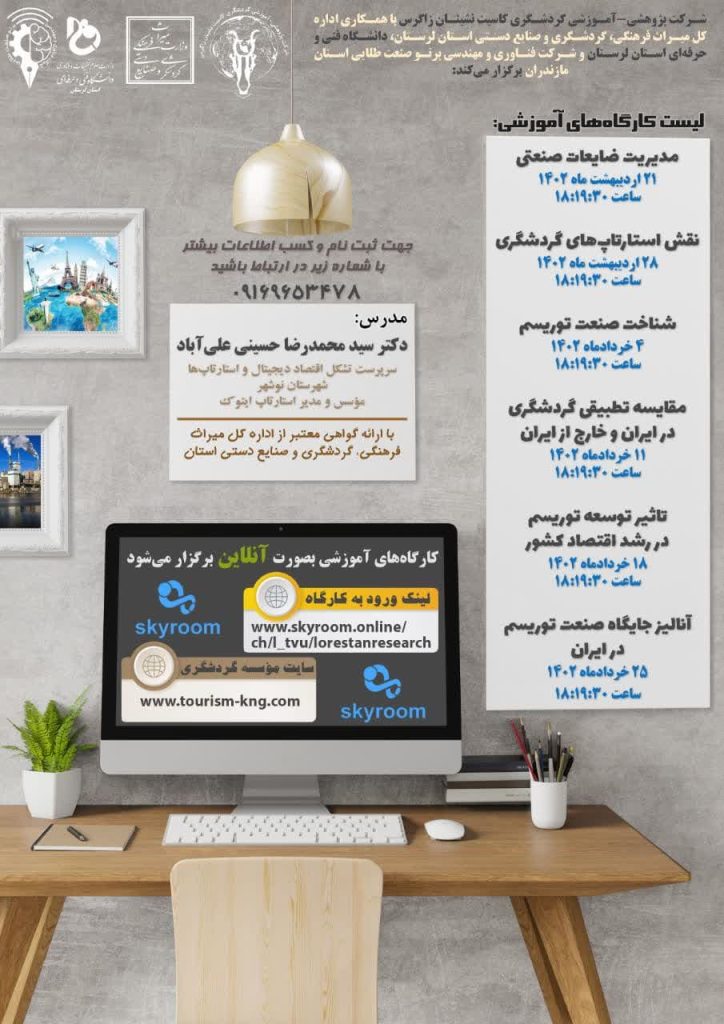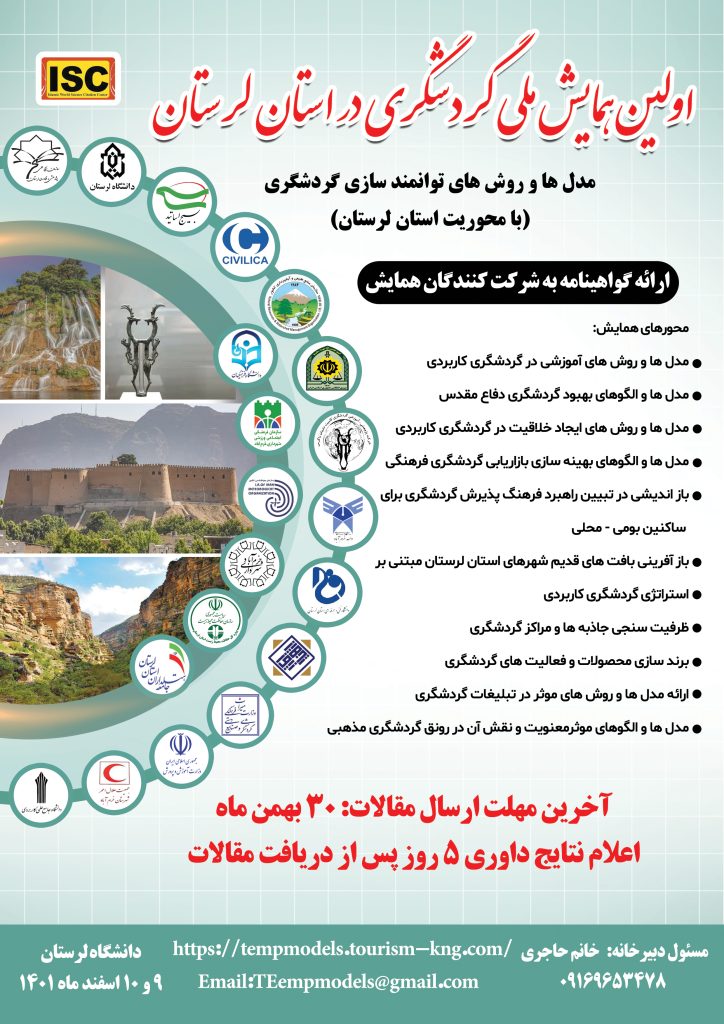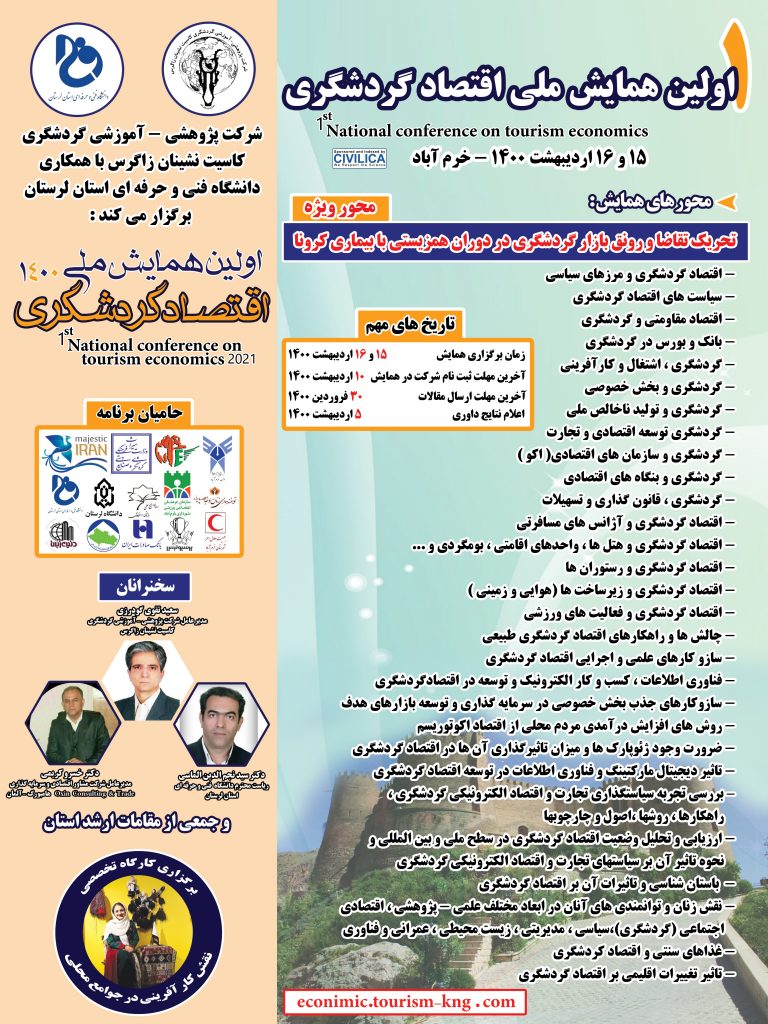
Location and description of the campus
This site has a longitude of 42 09 47 and a latitude of 27 20 33 and an artillery of sea level 695 with two sections of high and low elevations of 35 meters from the surface of the surrounding area with an area of 5 hectares at a distance of 5.6 kilometers of the dam, at a distance of 58 kilometers Southwest of Kohdasht city is located in Lorestan province. The settlements of this ancient site during the 19th century were created by accumulation of cultural sediments on the heath and the hillside of a natural hill with a mixture of gypsum.
Take a look at the natural and human geography of Seymareh
The Lorestan region in the west of the country is located in the Zagros Quays. Zagros Mountains is a mountainous autonomous unit that begins in the Oman Sea and extends through the west of Iran and the east of Iraq to Turkey. Such a rough morphology with a semi-linear state of the northwest of the southeast and a length of 1500 km has given it an independent distinction.
According to archaeological evidence, the Zagros Mountains, at least from the late Middle Pleistocene, have been the habitat for the predator communities of food gathering. Among the important factors in this setting are the Seymareh River, which crosses the flow of the rivers of Ghare-Sou and Gamasiab. Come. This river, after crossing various anticlines and numerous screw plumes, has been in contact with the great altar of Kabir Kool with the river Kashkan and has created the Karkheh River.
On the other hand, the river is the natural, geographic and political boundary of the two provinces of Ilam and Lorestan. In terms of geological structure, the area is known for its crumbled Zagros, whose limestone bounded from the central Zagros in the south of Kermanshah, extending to the plain of Khuzestan. The erosion of the folded corps in the anticlines and the navy has created vast plains in this geographical area. Therefore, one of the main ways of transporting human beings and animals in the Zagros region has been the folded valleys in the distant past that have created a favorable environment for settling settlements over thousands of years based on the environmental conditions of the region, which is confirmed by Those cultural remnants remain on the edge of the river.

A brief look at the counting tools in the ancient world
Small objects of mud and rock, which have been found in various forms in archaeological excavations, are called archaeological literature called tokens, or a dialect or symbol of goods, which, over the thousands of years, was more than the invention of a line as a tool Temporary accounting has been used to count and determine the type of goods.
Simple commodities from about ten thousand years ago in the geographical area of the ancient East, from Palestine to the valley of Sind (in Iran more than 30 sites), in the first stage more in geometric shapes, with a flat surface and simple, and advanced commodity categories from about half The fourth millennium BC and the early 3rd millennium BC, in the form of geometric and natural shapes such as human, animal and miniature containers, have played an important role in the role of commodity counters in economic and accounting functions. The commodity numbers in various geometric and figurative forms, the role of the counter of goods, which in some cases represented different commodity numbers, represented the type of goods and their amount from the invasion of the volume of cereals and the number of goods or animals. The dimensions of this symbol of goods were interdisciplinary 1 to 3 cm, in some with a diameter of 3 to 5 cm, and in special specimens with a diameter of less than 1 cm.

Counting tools, Counting balls
Examples of these counting tools are the symbol of the goods token
Cone-shaped with a flat surface in the form of a type The construction of this mark is a symbol of goods built at the beginning of the Dora town, and in the economic operation and recording of this area in the third millennium with counters with clay discs or chips with stone stamps in the far micro-workshop 10 in storage The pieces of pottery that were broken in the form of a variety of dishes in this area indicates the specialty of the site due to the work of the index that was discovered during the exploration of this site, such as pottery plaster furnaces and water supply network with defense fences Which dates back to the beginning of urbanization. Due to the large amount of pottery that was obtained from the workshop and the regular organization process at the beginning of urbanization.


Source:
Lily Eyakan, Faculty Member of the Institute of Cultural Heritage, Handicrafts and Tourism, International Conference on Civil, Urban and Environmental Management in the 3rd millennium, Rasht, 2016
Fahimeh Homayoun, Archeology, Azad University of Tehran Center, International Conference on Civil, Urban and Environmental Management in the 3rd millennium, Rasht, 2016





